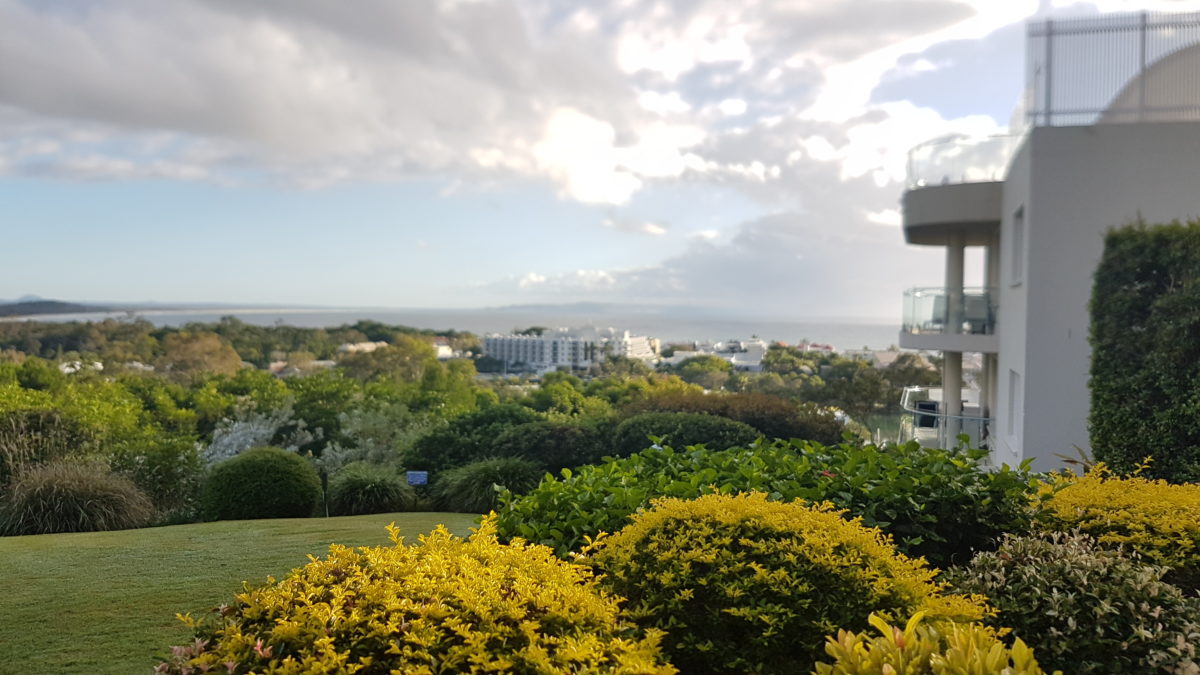Darren Rowse recently published a blog post titled, How to Rekindle Your Blogging Enthusiasm, in which he provided several ways to reenergise your blogging and regain your momentum. Darren is eminently equipped to offer advice to bloggers having started a personal blog in 2002, a professional blog for bloggers called Problogger in 2004 and a very profitable blog on digital photography in 2006. Darren also provides an extensive podcast archive on blogging, a book titled Problogger (for those who want a career in blogging or to earn extra income from their blogging efforts), and a course on how to develop a profitable blogging business titled 31 Days to Build a Better Blog.
Maintaining your blogging momentum
Darren’s suggestions on how to rekindle your blog when your enthusiasm and/or energy wanes are very practical and relatively easy to implement. However, they will often involve changing habits (including avoidance) that have grown up over time (in some cases, over many years). Here are his suggestions:
- Take time off from writing your blog – sometimes we go stale and lose enthusiasm. A break can rekindle enthusiasm, develop insight into new ways to approach your blog and provide the opportunity to regain momentum. The break from blogging could involve taking a vacation in a different environment; doing research for your blog content; undertaking a course on blogging or attending a conference on your content area; developing a blogging calendar; or doing some speed writing/brain dump around several topic areas. Ash Barty, current World Number 1 tennis player, took a year off from tennis and played cricket instead – this enabled her to regain her enthusiasm and accelerated her tennis career to the top.
- Revisit why you are writing your blog – to tap into your motivation and energy source. Over time, we can easily lose sight of what motivated us to write our blog in the first place. I found this strategy of reconnecting with my purpose a very useful and sustaining approach. To this end, I recently revisited the benefits of writing my blog on mindfulness in a blog post. In that post, I also explained the benefits of changing my blogging frequency from daily to three or four times a week – something that I did on the advice of my mentor (and another strategy that Darren recommends).
- Check the alignment of your blogging focus and approach with your overall goals – this includes ensuring that you are in the right content area (in terms of personal interest, potential audience and growth potential) and that your language, target audience and topic choice align with your fundamental purpose in writing. I have found that mindfulness as a topic choice for my blog assists my personal and professional development, enables me to keep abreast of the latest neuroscience findings, stimulates my thinking and engages me in a growth area (with endless articles and video resources and applications in multiple arenas such as mental health, education, leadership, workplaces and community development).
- Overcome pride and seek help – there are numerous resources available such as Problogger and Yaro Starak’s blog and his engaging podcast interviews as well as related social media groups. Darren also offers ways to find writers to assist with the challenge of writing your blog on a regular basis.
Reflection
Sometimes we do things that naturally rekindle our enthusiasm for blogging (such as participating in webinars or online conferences). At other times, the drain on our momentum is too much because of other commitments that consume our energy and creative capacity – these are times when we could seek and heed the advice of professional bloggers such as Darren and Yaro. As we grow in mindfulness, we can become more aware of our thoughts and feelings that may be impeding our progress in writing, identify creative solutions and regain our alignment, enthusiasm and momentum.
____________________________________________
Image by Karolina Grabowska from Pixabay
By Ron Passfield – Copyright (Creative Commons license, Attribution–Non Commercial–No Derivatives)
Disclosure: If you purchase a product through this site, I may earn a commission which will help to pay for the site, the associated Meetup group and the resources to support the blog.

